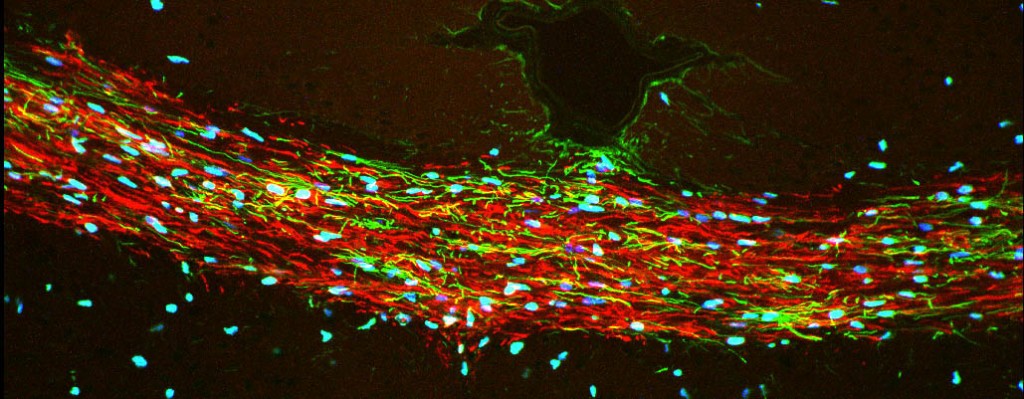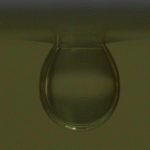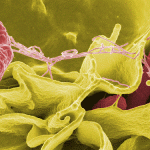
Mouse brain cells coated with myelin (red), a substance lacking in patients with MS. Image: University at Buffalo
Researchers have found the genes that differentiate into stem cells that make myelin.
Multiple sclerosis (MS) is a chronic and often disabling disease that attacks the nervous system. When the immune system destroys the myelin, a sticky substance that covers the neurons, tissue scars appear along the nervous system. These obstruct conducting impulses from the brain to other parts of the body, thus resulting in fatigue, spasms, pain, cognitive impairment and other symptoms. More than 20,000 people in Australia have MS, most of them between the ages of 20 and 40.
But researchers at the University at Buffalo and the University of Rochester have developed a method that could treat MS and other demyelinating disorders such as Krabbe’s disease.
The team of researchers analysed brain stem cells and found the ones that produce myelin. Then, they injected those into the brain of shiverer mice. The injected stem cells carried on their surface a protein known as CD 140a. After 12 weeks, the cells became oligodendrocytes, the only cell of the brain and spinal cord that makes myelin (40 per cent of the brain’s neurons were covered with myelin A).
The researchers now face two different paths. They can either inject stem cells to create myelin into the brain of MS patients or, as Dr Fraser Sim, assistant professor in the Department of Pharmacology and Toxicology in the UB School of Medicine and Biomedical Sciences, stated “another approach might involve using certain medications to turn on these cells already present in the brains of patients and thereby create new myelin.”
The results, published the journal Nature Biotechnology, bring the prospect of doing human clinical trials much closer. “You need to have the right cells in hand before you can even think about getting to a clinical trial to treat people. This is a significant step,” said Sim.
Source: University at Buffalo






